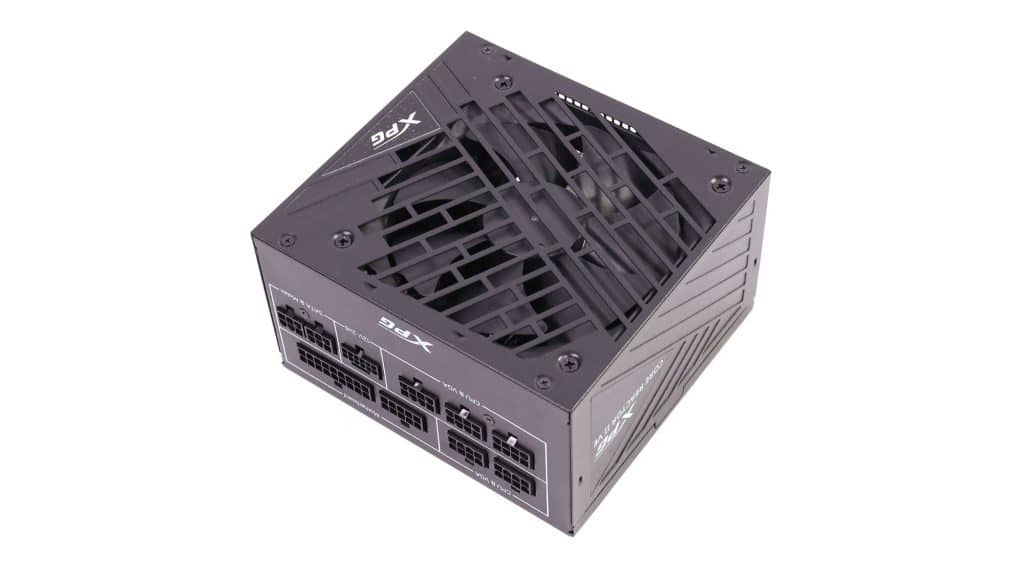Epilogue
The XPG Core Reactor II VE 850W is the affordable version of the Core Reactor II with similar capacity. It has fewer cables, and you probably won’t need that many anyway. It also has less expensive capacitors and some other minor part changes. The change of caps on the secondary side reduced transient response performance. Ripple at 5VSB was also way higher in the VE version, but this could be an issue in the specific sample I got for evaluation. The average efficiency is 0.82% lower at 115V and 0.59% lower at 230V than the non-VE model. The unit’s overall performance is decent, taking the lead from the MSI A850GL PCIE5 model, while there is a draw with the Thermaltake Toughpower GF A3 850, which is 0.52% better at 115V but loses with a 0.64% difference at 230V. Compared to the non-VE model, the Core Reactor II VE 850W stays around 4% behind at both voltage inputs I tried, 115V and 230V. Given that the price difference between these two units will be around 20 dollars, according to XPG, I don’t believe a 4% performance increase is enough to cover this price gap, so the less expensive unit is more appealing.
XPG did well in offering the Core Reactor II VE line at a lower price. It uses the same CWT platform as the non-VE series. Given the expected price tag, the performance is good, and the parts that CWT used are of high quality to easily outlive the seven-year warranty. Actually, XPG’s move with the VE line might cause sales problems for the non-VE models, given that the platform remains the same while the price difference is notable.
Before investing in a new power supply, read my Best ATX v3.x PSUs article to check all alternative PSU offerings. You help me a lot by using my affiliate links, which don’t increase the product’s price. I get a commission from Amazon every time you do it, which can make a difference for me, especially now that I am on my own, working exclusively for my media and not for someone else.
- Expected $20 price difference with the non-VE model
- Delivered full power at 47°C
- Decent overall performance
- Above 70% efficiency with a 2% load
- ATX v3.1 and PCIe 5.1 ready
- Quiet operation at up to 620W loads
- Conservatively set OCP and OPP triggering points
- Within 1% load regulation at 5V
- Low inrush currents
- APFC converter performs well (high PF readings)
- Low vampire power
- Good soldering quality
- Long enough hold-up time
- Alternative Low Power Mode (ALPM) compatible
- Fully modular
- 12+4 pin PCIe connector (600W)
- Compact dimensions (140mm depth)
- Ideal distance between the peripheral connectors (150mm)
- FDB fan
- Seven-year warranty
- Overall efficiency needs a boost
- Load regulation could be tighter overall
- Ripple suppression could be better at 12V and 5VSB
- OCP (12V and 5V) and OPP triggering points are close in hot and cold conditions
- Mediocre transient response at 12V and 3.3V





Thank you for the review. What kind of problem could it be if it drops below 3.14V? Thanks for the answer in advance.
It will apply high stress to the corresponding DC-DC converter that expects 3.3V at its input. This is why the ATX spec sets as the lowest limit the 3.14V level.
Thank you for the information. Then I’ll go back to the beginning and start looking for a new psu. I benefit a lot from your articles. Thank you.